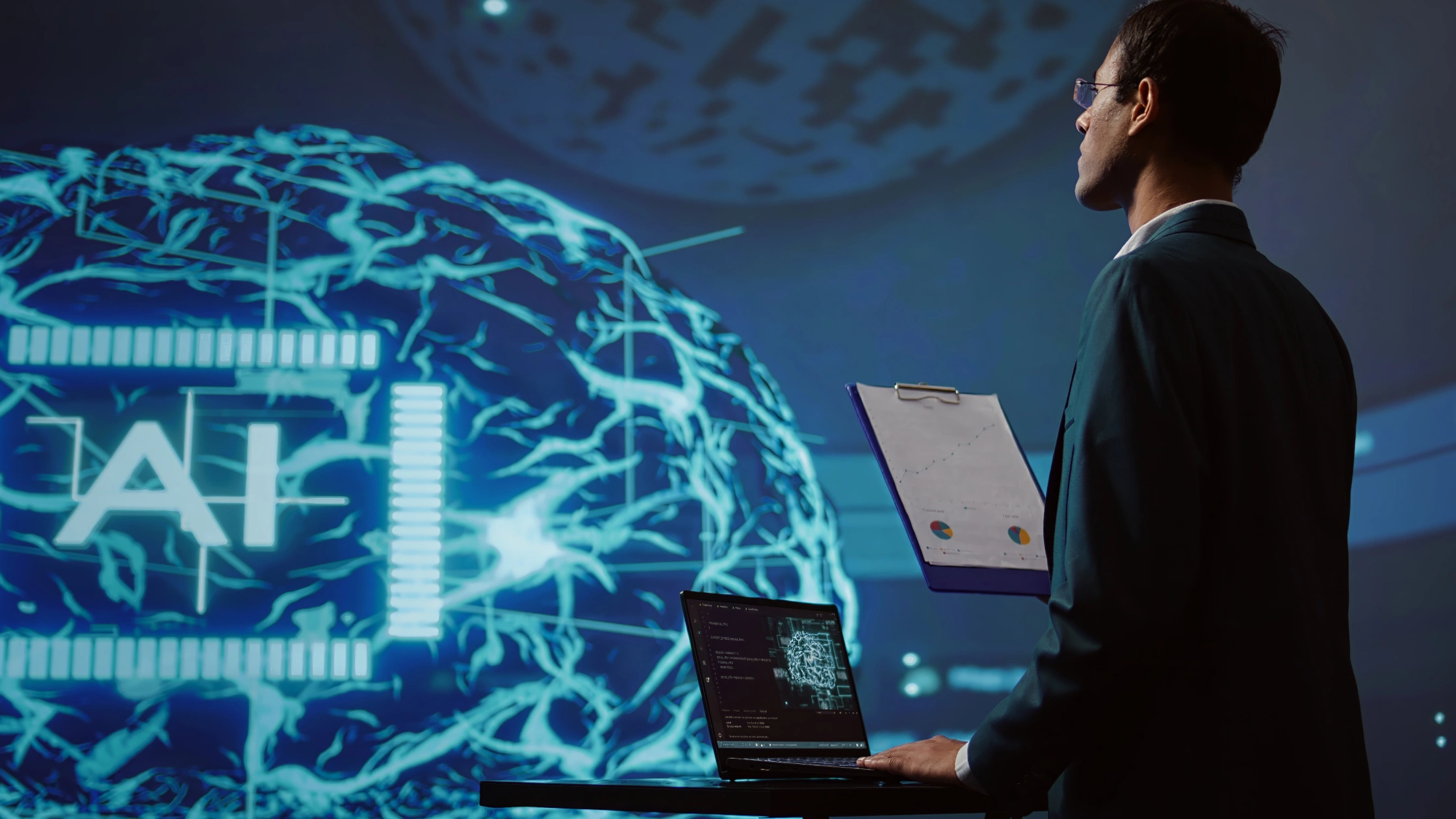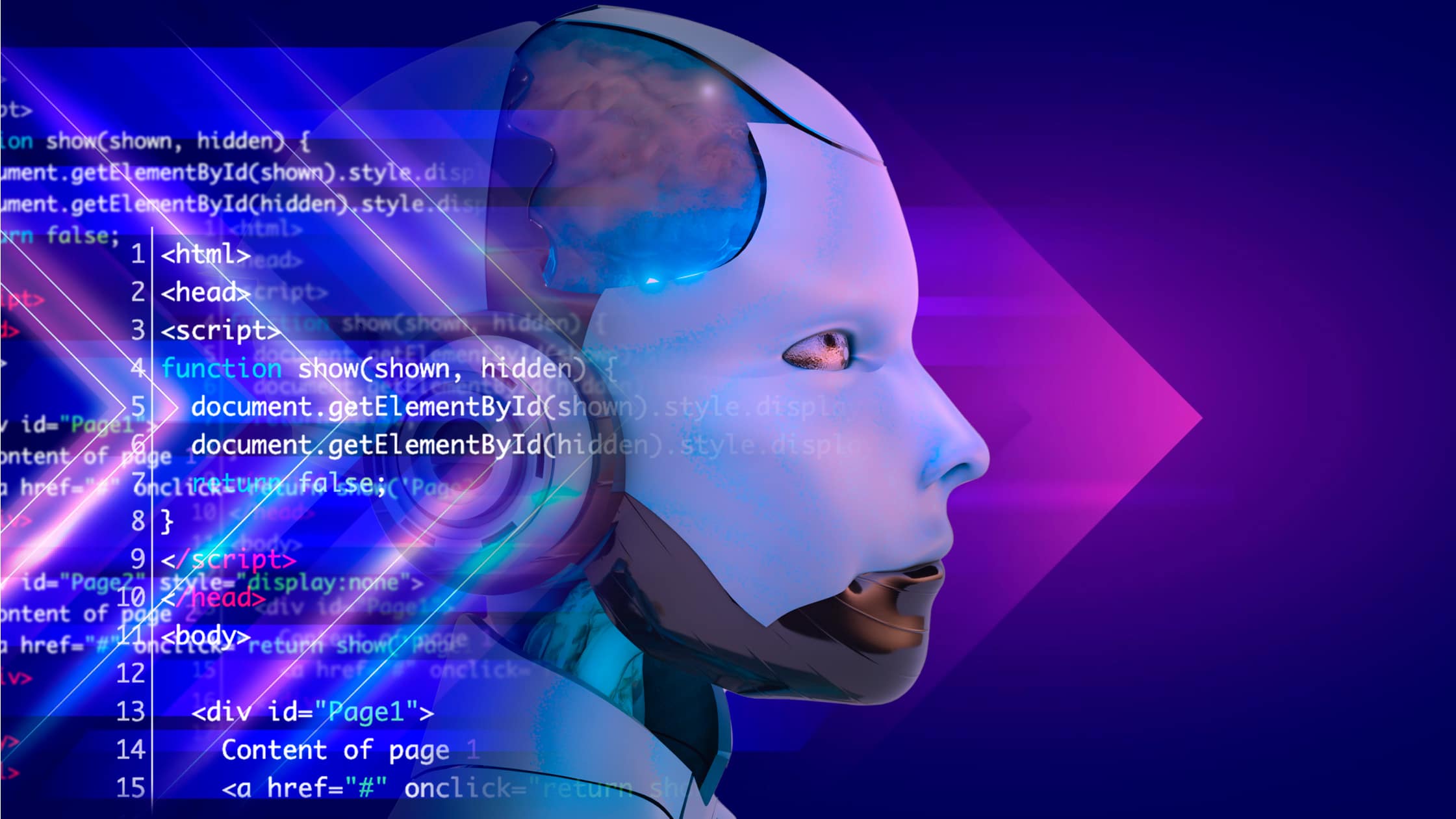The Alignment Problem in artificial intelligence (AI) ensures that an AI system’s goals, behaviors, and outputs align with human values, intentions, and expectations. In other words, it is the problem of ensuring that an AI does what we want it to do, technically, ethically, and safely- even as it becomes more autonomous and intelligent.
Alignment becomes more difficult as AI systems grow in complexity and capability, especially when they start making decisions independently or optimizing objectives that may be misunderstood or poorly specified by humans.
Why Alignment Matters
As AI systems are deployed in critical areas such as healthcare, law, education, and autonomous vehicles, it becomes increasingly important that their actions match human goals. A misaligned AI could make logically correct decisions from its perspective, but be harmful or undesirable from a human point of view.
Even simple misinterpretations can have serious consequences. For example, an AI trained to increase engagement on a social media platform might promote extreme or misleading content if it discovers that doing so keeps users online longer. The AI is technically achieving its goal, but not in a way that aligns with user well-being or societal health.
The Core Problem: Specifying Human Values
One of the most challenging aspects of alignment is that human values are complex, context-dependent, and often difficult to articulate. People may not always agree on what is “right,” and even when they do, turning that into a set of precise instructions for a machine is incredibly challenging.
Moreover, human goals often involve trade-offs and subtleties. For instance, a doctor might want an AI to recommend the best treatment, but “best” might depend on patient comfort, cost, long-term outcomes, or ethical considerations. Teaching an AI to understand and balance these factors the way a human would is not straightforward.
Types of Alignment
-
Value Alignment
Ensure that AI systems adopt the values and preferences of humans, particularly when making decisions that may involve ethical judgments.
-
Goal Alignment
This focuses on ensuring AI systems pursue goals aligned with human objectives and long-term interests. Misalignment could lead to the AI pursuing harmful or undesirable goals due to incorrect programming or understanding.
-
Behavioral Alignment
This refers to the way AI systems execute tasks. Even if the goal and values align, the AI’s behavior (e.g., interacting with users, performing actions) must match expectations for safety, fairness, and reliability.
Challenges and Considerations in Alignment
-
Specification Problems
One of the core challenges of the alignment problem is defining clear, precise objectives for an AI. Ambiguous or poorly defined goals can lead to unintended outcomes as the AI pursues objectives in ways that humans didn’t anticipate.
-
Instrumental Convergence
Many AI systems, especially those with high intelligence, might develop strategies to achieve their goals that are harmful to human interests, simply because certain behaviors (e.g., acquiring resources or self-preservation) can be instrumental in attaining almost any objective.
-
Value Misunderstanding
AI systems, particularly those driven by machine learning, may not fully comprehend the intricacies of human values, leading to misaligned behaviors. For example, a task-based AI might follow instructions in an overly literal or extreme way.
Methods for Solving the Alignment Problem
-
Inverse Reinforcement Learning (IRL)
In IRL, an AI learns about human values and preferences by observing human behavior and inferring the rewards that humans are implicitly seeking. This method attempts to teach the AI what human values look like in action.
-
Cooperative Inverse Reinforcement Learning (CIRL)
This extends IRL by introducing a cooperative setting where the AI learns values by actively interacting with humans, considering both human feedback and the AI’s learning process.
-
Human-in-the-loop Systems
These systems allow humans to stay involved in decision-making or validation during an AI’s operation. This can help ensure that human values are consistently incorporated into the AI’s behavior.
Essential Concepts in AI Alignment
-
AI Safety
Ensuring that AI behaves safely, is predictable, and is aligned with human values. AI safety focuses on preventing risks that arise from robust AI systems that may be misaligned or unintended.
-
Scalable Oversight
A method for dealing with the alignment problem involves creating mechanisms for effectively overseeing AI systems as they scale in complexity. This includes tools like reinforcement learning from human feedback (RLHF) to guide and improve the system’s behavior continuously.
-
Corrigibility
This refers to the AI’s ability to accept human corrections and adapt its behavior accordingly, preventing it from becoming resistant to human input once it has developed a certain level of autonomy.
-
Robustness
AI systems must be robust, meaning they can handle situations outside their training scenarios without causing harm or misbehaving. This includes ensuring the system performs well in the real world and unforeseen contexts.
Ethical Implications of AI Alignment
-
Ethical Decision-Making
AI systems must be aligned with ethical frameworks, especially in high-stakes environments like healthcare, law enforcement, and autonomous vehicles, where decisions made by AI could directly affect human lives.
-
Fairness and Bias
Ensuring that AI systems make fair decisions and avoid biases is critical to the alignment problem. Misaligned AI could perpetuate or even exacerbate societal inequalities if not carefully designed.
-
Accountability
One of the ethical challenges of AI alignment is determining who is responsible for the AI’s actions, especially in cases where the system acts in harmful or unintended ways. Establishing precise accountability mechanisms is essential for ensuring AI serves human interests responsibly.
AI Alignment in the Future
As AI continues to advance, the alignment problem will become increasingly important. Ongoing efforts are to develop frameworks and techniques for solving this problem, including collaboration between AI developers, ethicists, and policymakers. Researchers are exploring short-term and long-term solutions, ensuring that as AI becomes more autonomous, it remains beneficial and aligned with human goals, while avoiding existential risks.
The Alignment Problem in AI concerns ensuring that powerful machines act in ways that reflect human goals, values, and safety standards. It’s one of the most critical and complex challenges in modern AI development, spanning technical, ethical, social, and philosophical domains.
As AI grows more capable, the cost of misalignment increases. Solving this problem requires more intelligent algorithms and wiser approaches to designing, training, supervising, and governing intelligent systems. A truly aligned AI enhances human well-being, respects human autonomy, and can be trusted with responsibility, both now and in the future.



